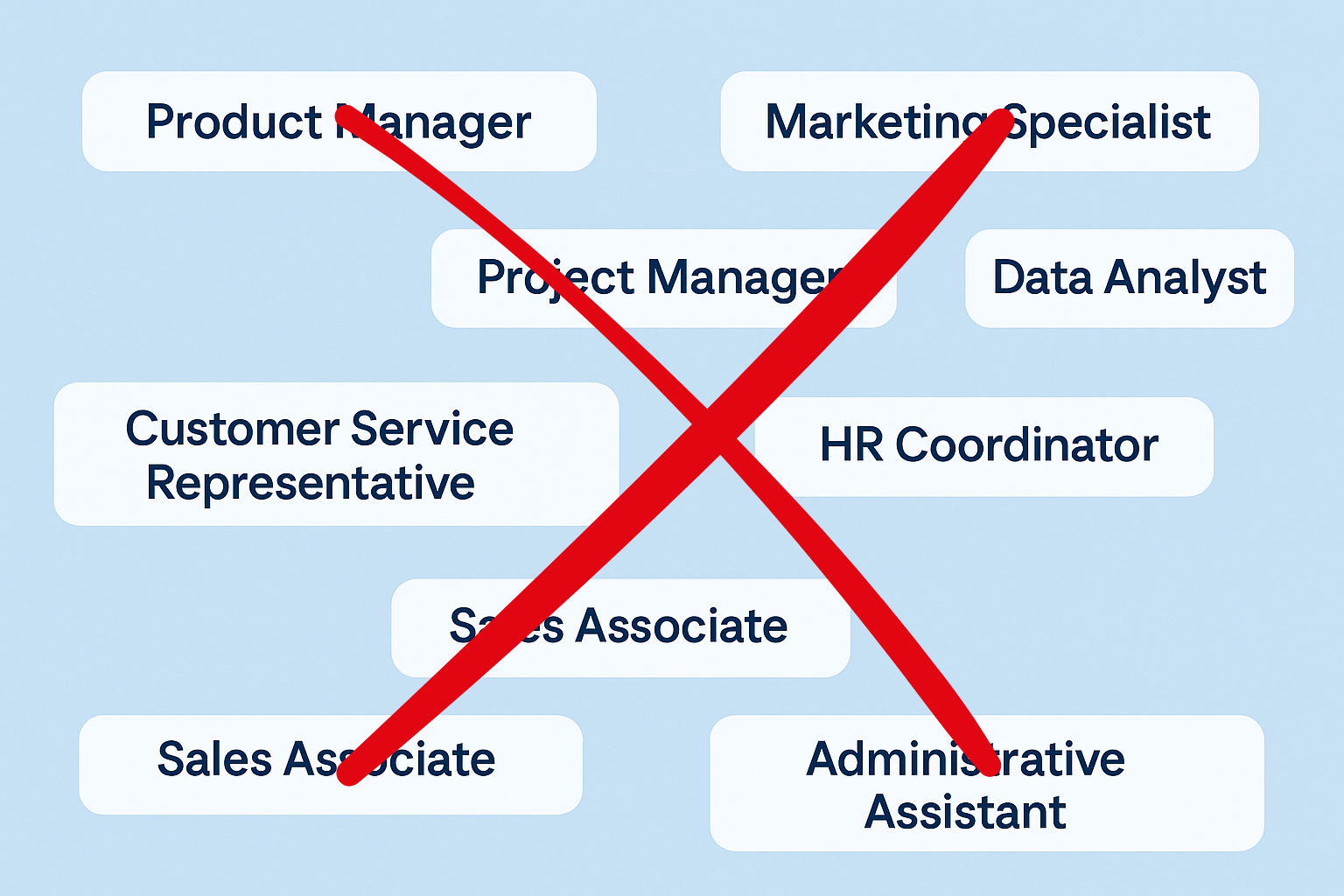Resumes are clean. They show skills, degrees, and sometimes a hobby like “loves hiking.” What they rarely tell you is whether that candidate will still be in your office two years from now when the coffee machine breaks for the third time in a week. In short, resumes are manipulative. That is where psychology enters the hiring process. In September 2025, the U.S. Bureau of Labor Statistics noted that voluntary turnover continues to hover around 18 percent annually. That means nearly one out of five employees chooses to walk away every year. Numbers like these prove that filling a role is not the same as keeping it filled. Leaders who want lasting teams must look deeper than credentials. They must understand the psychology of why people join, why they stay, and why they sometimes vanish after the first payroll cycle. Every hire makes two agreements. One is written on paper. The other is invisible. Psychologists call this the psychological contract. It is the unspoken expectation that the employer will provide growth, respect, fairness, and recognition, while the employee will bring loyalty, effort, and contribution. Break that invisible deal and even a generous salary loses its power. For example, a 2024 LinkedIn survey found that 94 percent of employees would stay longer at a company if it invested in their learning and development. The paycheck keeps the lights on, but the invisible contract keeps the soul on board. Hiring managers often look for “culture fit.” That phrase sounds good, but psychology reminds us that too much sameness can turn into groupthink. People do not just want to blend in. They also want to add something unique. This is the idea of cultural add. A workplace becomes sticky when employees feel that they belong and simultaneously stretch the team in new directions. In plain English, your next hire should not only nod at the existing values but also bring a new playlist to the office Spotify queue. Balance comfort with curiosity. That balance is what makes people stay excited instead of searching for a fresh start elsewhere. Money matters, but it is not the universal fuel. Psychologist Daniel Pink’s work highlights three deeper drivers of motivation: autonomy, mastery, and purpose. Some employees stay because they love the freedom to make decisions. Others stay because they love getting better at their craft. Still others stay because they believe in the mission. According to Gallup’s 2024 report, employees who strongly agree that their work has purpose are 3.5 times more likely to stay. If hiring conversations uncover what really motivates a candidate, leaders can align tasks with inner drivers. When that alignment happens, retention rises naturally. The early phase of employment has an outsized psychological impact. Neuroscience calls it imprinting. What people experience first shapes how they interpret everything that follows. A structured and supportive onboarding increases retention by 82 percent, according to Brandon Hall Group research. If the first week greets new hires with broken laptops, missing ID cards, and managers who forget their names, do not expect loyalty. A warm welcome, clear processes, and early wins set a tone of belonging. Humor helps too. Imagine starting a job where the icebreaker question is, “What is the worst password you have ever created?” That memory will last longer than a corporate PowerPoint. Long-term retention has a best friend: psychological safety. When people feel they can speak up without fear, they stay. Harvard Business School research found that teams with higher trust had 27 percent lower turnover rates than those without it. Feedback should not be a yearly ambush with forms and stiff handshakes. It should be a steady loop. Praise what works. Coach what does not. Listen to complaints before they turn into resignation letters. Leaders who ignore feedback sessions often discover that the employee has already given feedback, just not to them. It was delivered through LinkedIn updates and recruiter conversations. Burnout is not only a personal issue. It is a systemic signal. Deloitte’s 2024 survey showed that 77 percent of professionals reported experiencing burnout at their current job. Employees do not leave because they dislike the work. They leave because their internal energy bank runs out. Good managers observe small cues: shorter replies, missed deadlines, or the employee who suddenly turns off their camera during every meeting. Addressing these early with empathy, flexible workloads, or additional support prevents a departure that could have been avoided. At Systemart, we believe that retention is built during hiring, not after it. Our approach looks beyond resumes and asks questions about motivation, trust, and cultural contribution. By matching organizations with candidates who align psychologically as well as professionally, we reduce the risk of early exits. We also support clients with structured onboarding processes that create positive first impressions, feedback frameworks that build trust, and flexible staffing models that protect against burnout. The result is a staffing solution that helps organizations not only hire but also retain talent in a labor market where nearly 20 percent of employees leave voluntarily each year. Hiring psychology is not a buzzword. It is the missing ingredient in many retention strategies. Skills can be trained, but motivation, cultural connection, and psychological contracts decide whether employees stay. Leaders who ignore these factors will continue to refill the same chairs every year. Leaders who embrace them will build teams that last, even when the coffee machine breaks again.The Invisible Deal: The Psychological Contract
Culture: Fit Versus Add
Motivation Is Not One-Size-Fits-All

The First 90 Days Are Everything
Feedback Loops Build Trust
Spot Burnout Before It Spreads
Where Systemart Fits In
Final Thoughts
Hiring Psychology: The Hidden Science Behind Long-Term Retention

Recent Articles

08-Dec-2025
The End of Job Titles: Why Skills, Outputs, a...
Recently, a business column made an unusual observation - several Fortune 500 companies quietly removed 40+ job titles from their internal systems. Ti...

17-Nov-2025
Hiring For Energy And Outcomes Over Culture F...
This week a headline made the rounds in HR circles: companies are retiring “culture fit” and switching to “culture add.” Their argument is, hi...

13-Oct-2025
When Recruiters Get a Digital Twin: How LLM A...
In a year when headlines are filled with nurse strikes, labor watchdog warnings, and hospitals closing beds due to shortages, it might sound unbelieva...
